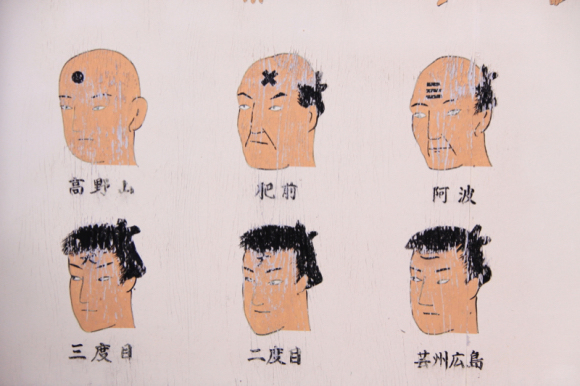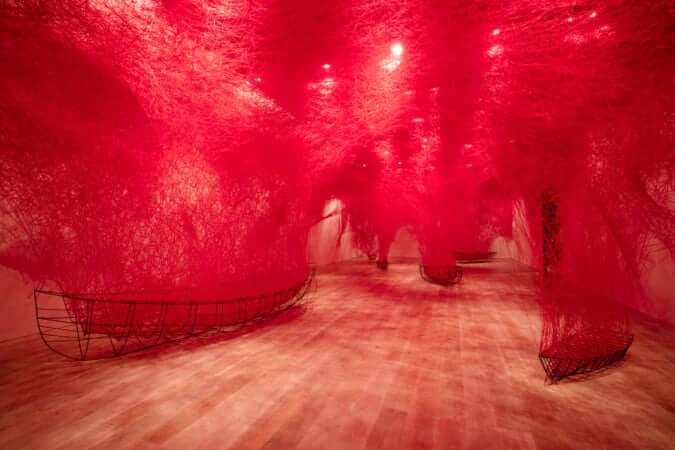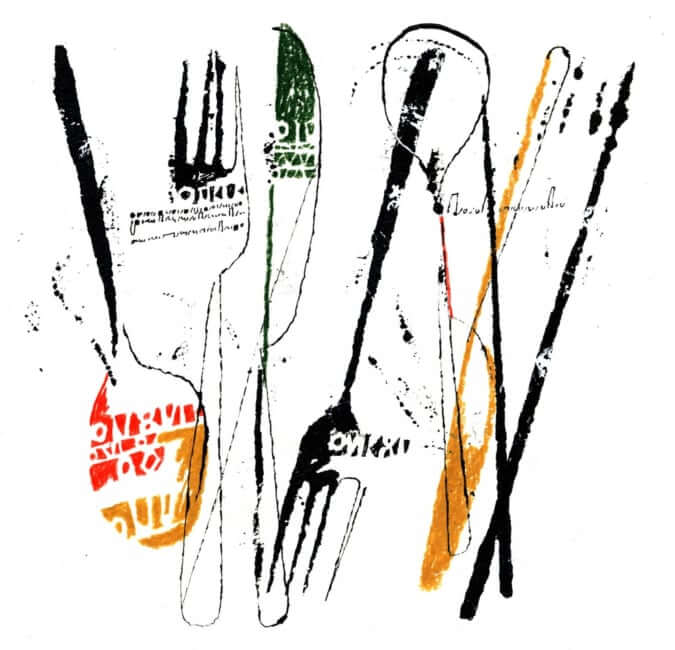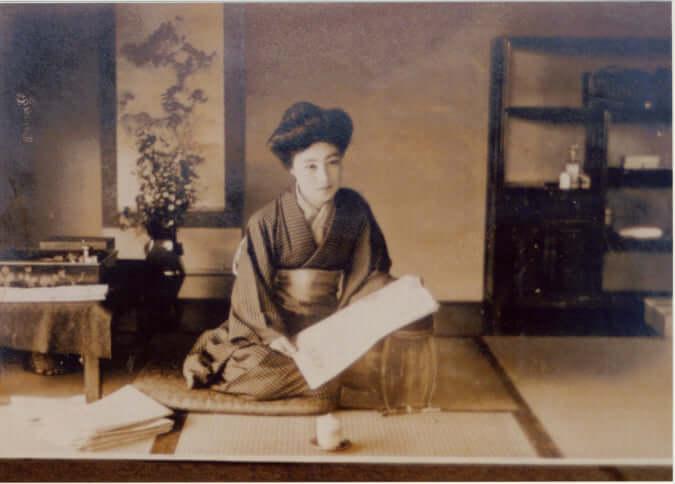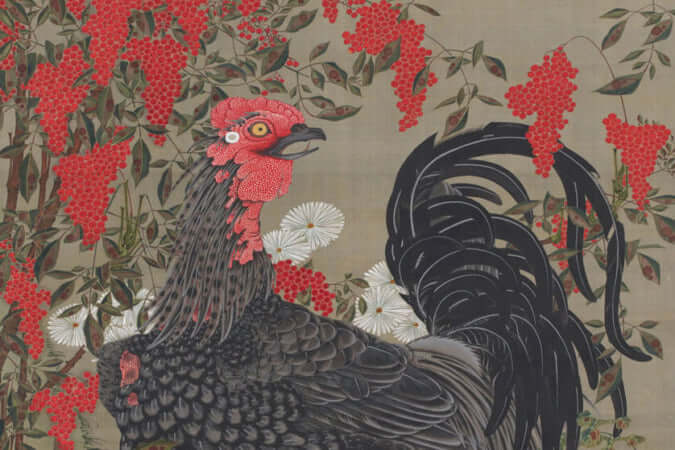The Influence of Japan on the Work of Van Gogh
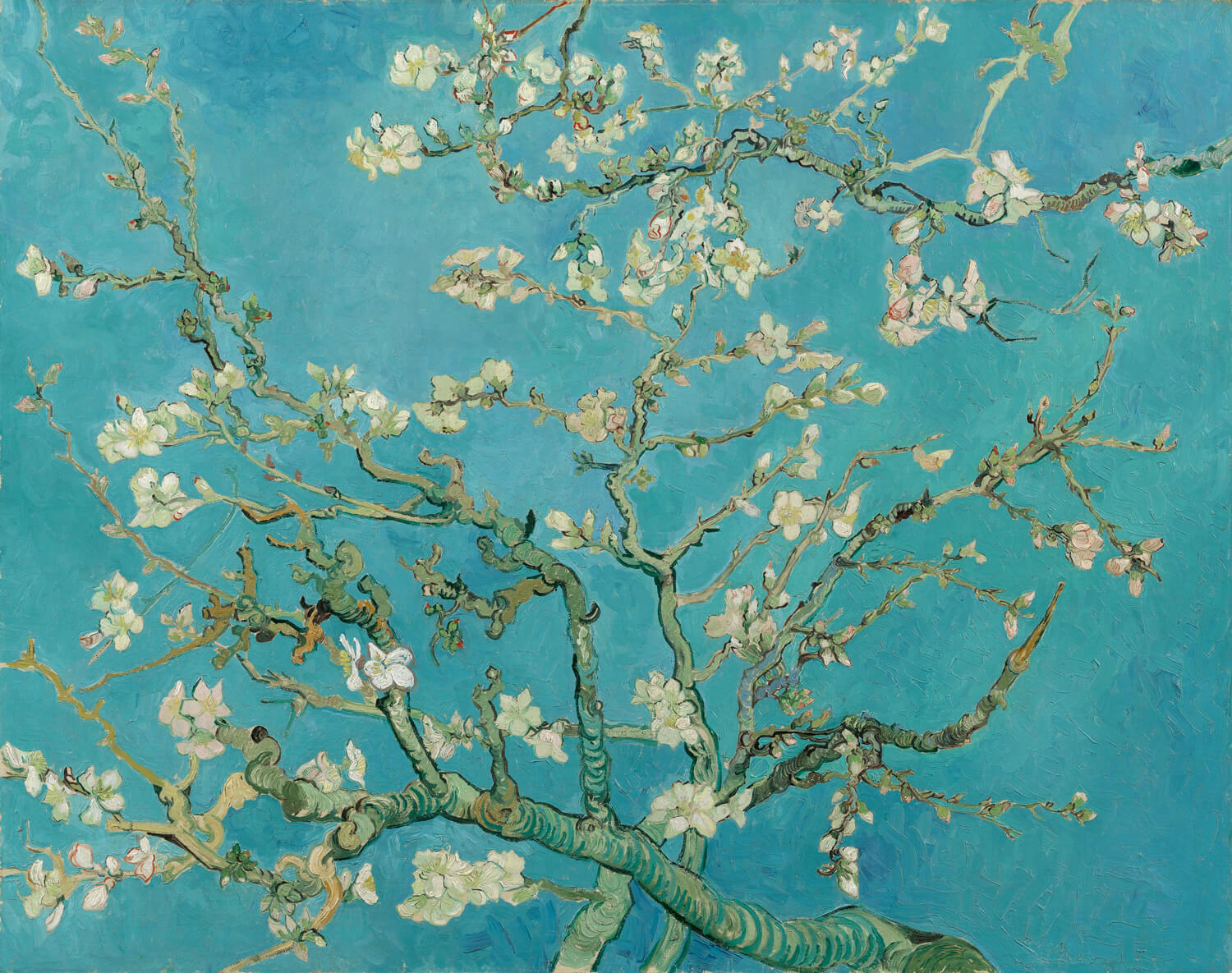
Courtesy of Van Gogh Museum, Amsterdam (Vincent van Gogh Foundation)
Last spring, the Van Gogh museum held an exhibition dedicated to the artist’s Japanese influences. Van Gogh owned a vast collection of ukiyo-e prints (600 to be precise), which had already been put on display back in 1971. These delicately coloured works were a huge source of fascination and inspiration to Van Gogh in his work as a painter.
Van Gogh became so bewitched by their enchanting aesthetic that he positioned himself as an artist from the Japanese tradition even before the term ‘Japanism’ emerged in art criticism in 1872.
His collection of prints had a considerable impact on his career as an artist, as can be seen from his Sower with Setting Sun and Almond blossom, which display the conventions of Japanese works.
Beyond flora, fauna and landscapes, Van Gogh, ever the perfectionist, also took up the techniques seen in Japanese engravings, which were characterised by their flat tints of colour and diagonal lines. Van Gogh thus created a unique style which communicates his enchantment with Japan and his Utopian Japanese ideal.
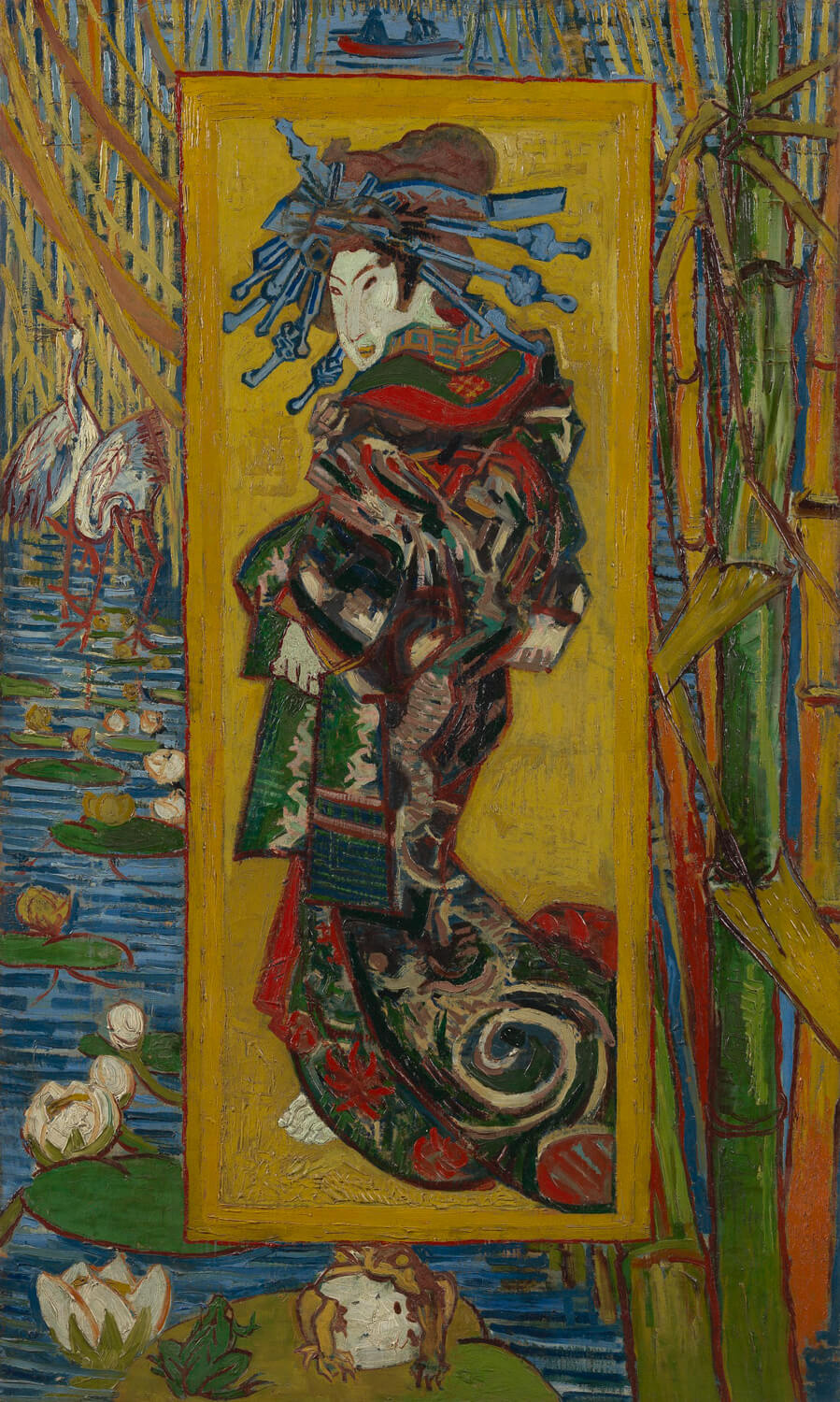
Courtesy of Van Gogh Museum, Amsterdam (Vincent van Gogh Foundation)
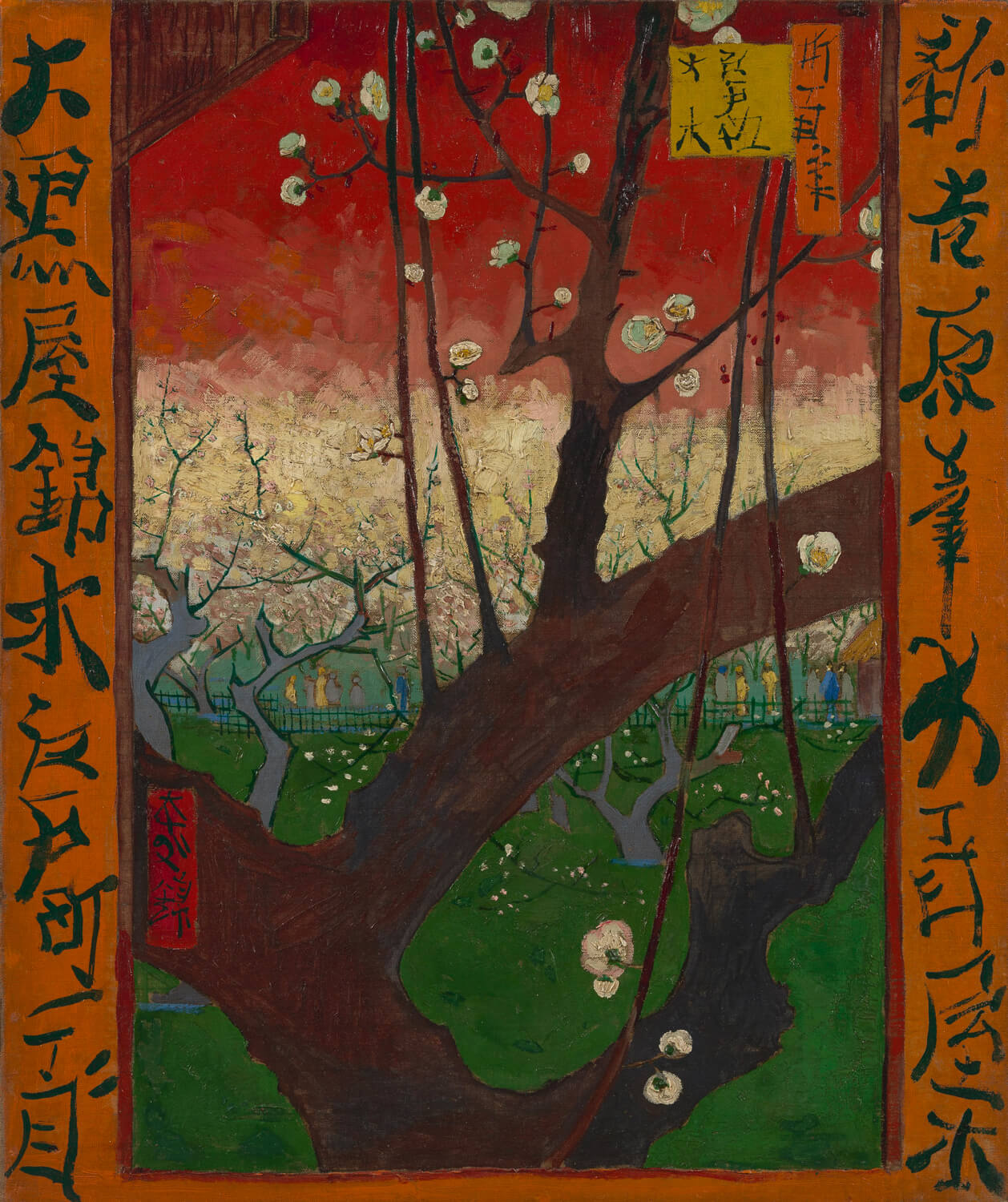
Courtesy of Van Gogh Museum, Amsterdam (Vincent van Gogh Foundation)
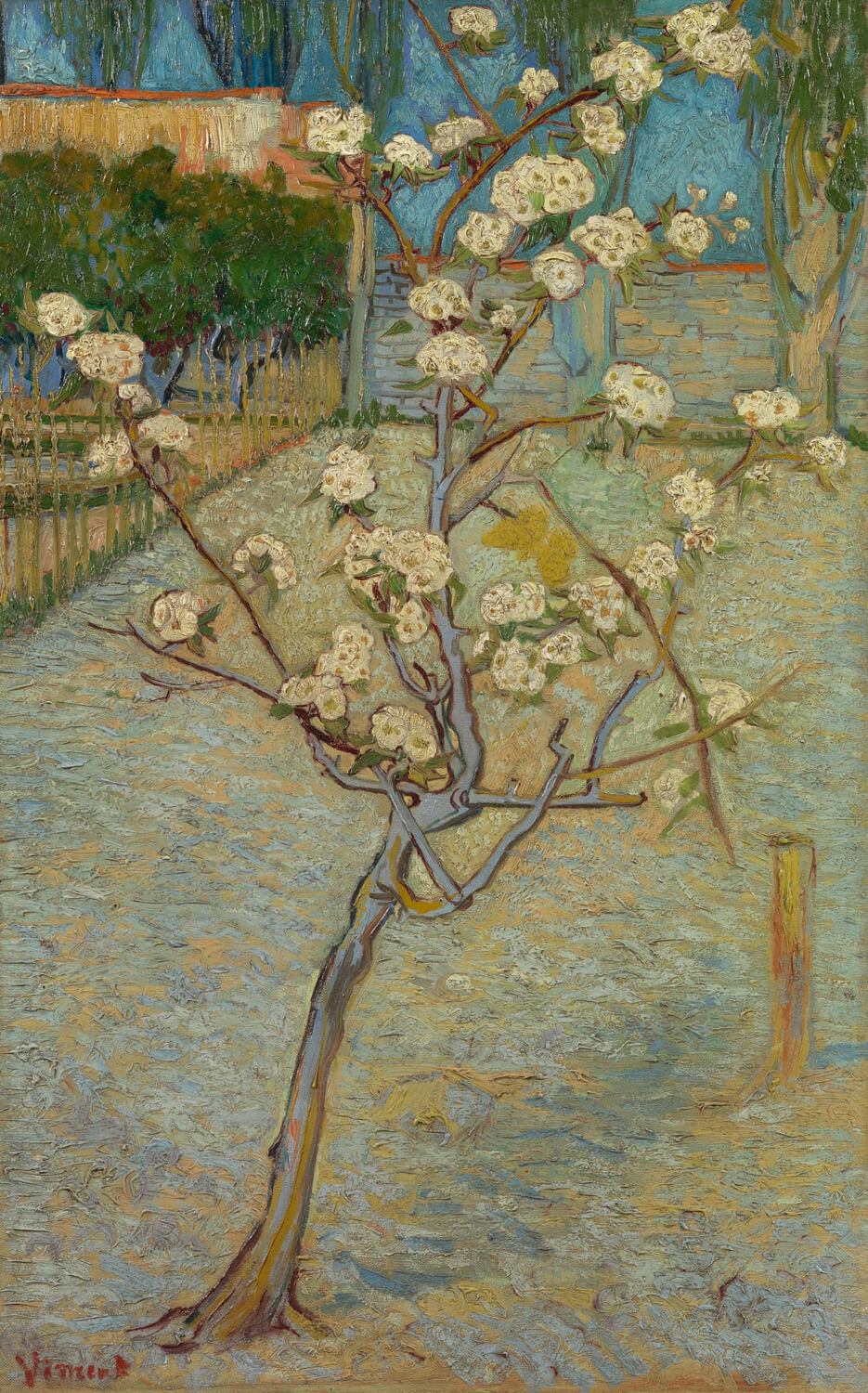
Courtesy of Van Gogh Museum, Amsterdam (Vincent van Gogh Foundation)
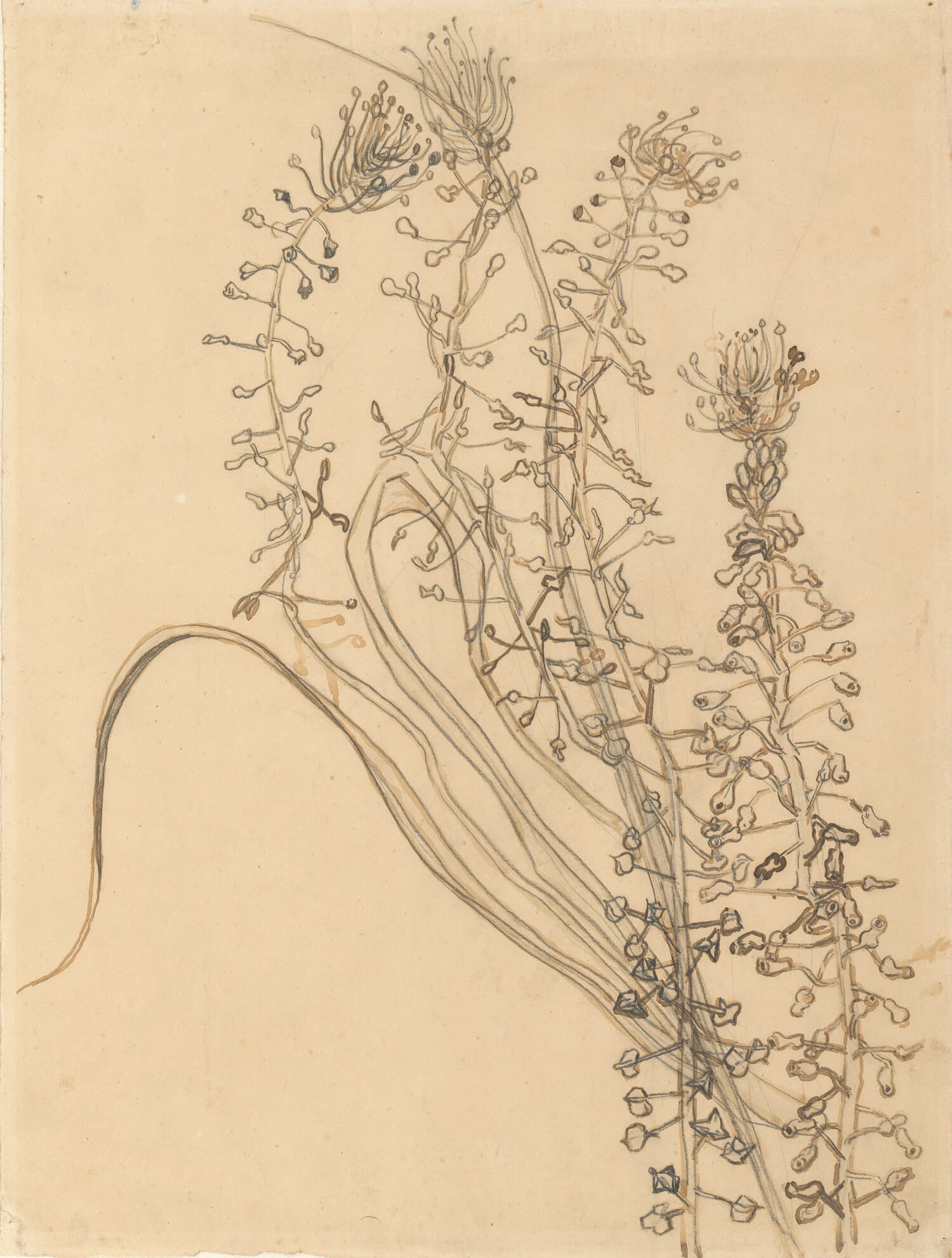
Courtesy of Van Gogh Museum, Amsterdam (Vincent van Gogh Foundation)
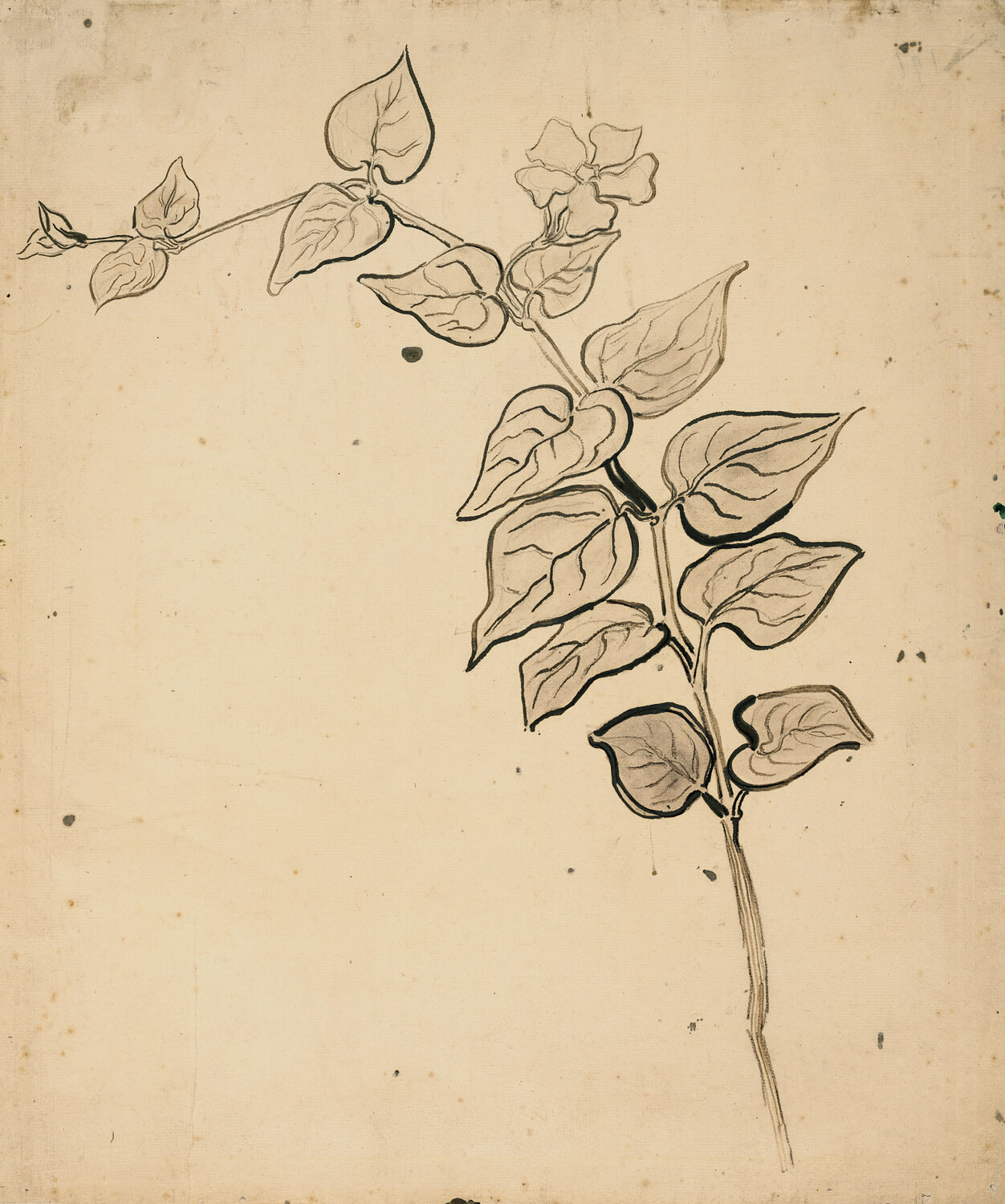
Courtesy of Van Gogh Museum, Amsterdam (Vincent van Gogh Foundation)
TRENDING
-
The Tattoos that Marked the Criminals of the Edo Period
Traditional tattoos were strong signifiers; murderers had head tattoos, while theft might result in an arm tattoo.

-
Chiharu Shiota, Red Threads of the Soul
Last year, more than 660,000 people visited the retrospective 'Chiharu Shiota: The Soul Trembles' exhibit at the Mori Art Museum.

-
‘Before Doubting Others, Doubt Yourself. Who Can Truly Say a Dish Isn’t What It Used to Be?’
In ‘A Non-Conformist’s Guide to Surviving Society’, author Satoshi Ogawa shares his strategies for navigating everyday life.

-
The Story of Sada Yacco, the Geisha who Bewitched Europe
Described by Dazed magazine as the first beauty influencer, she has been restored to her former glory since 2019.

-
Ito Jakuchu's Naturalist Paintings
From 15 September until 14 October 2018, the Petit Palais showcased the artist's iconic ‘Images of the Colourful Realm of Living Beings’.

